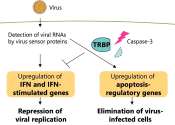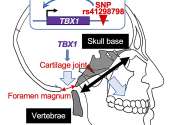Light show in living cells: New method allows simultaneous fluorescent labeling of many proteins
Observing proteins precisely within cells is extremely important for many branches of research but has been a significant technical challenge—especially in living cells, as the required fluorescent labeling had to be individually ...









